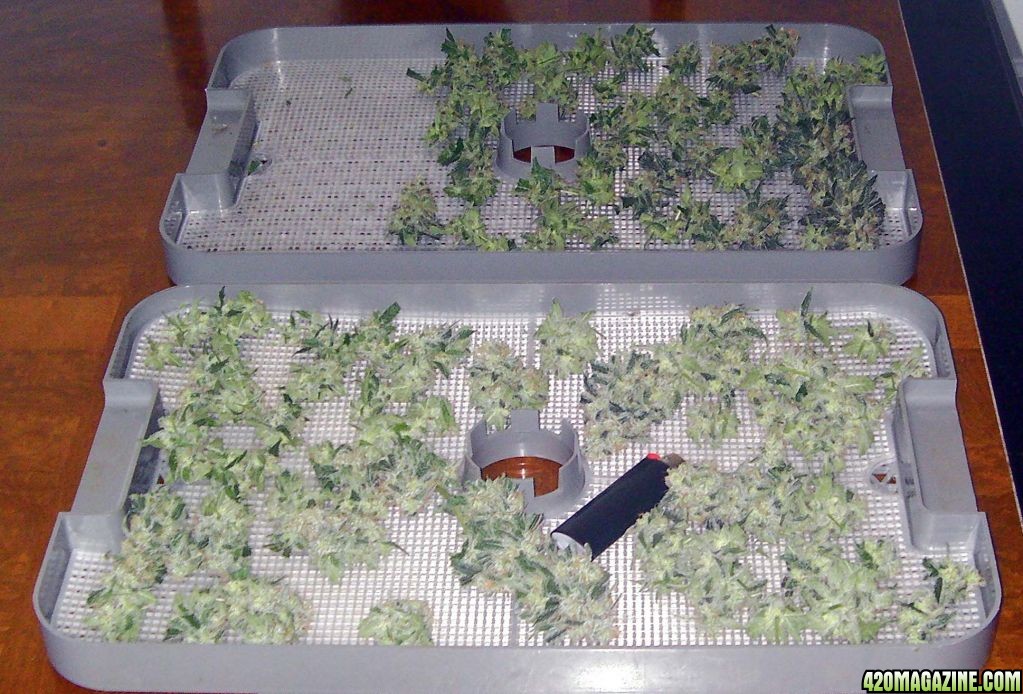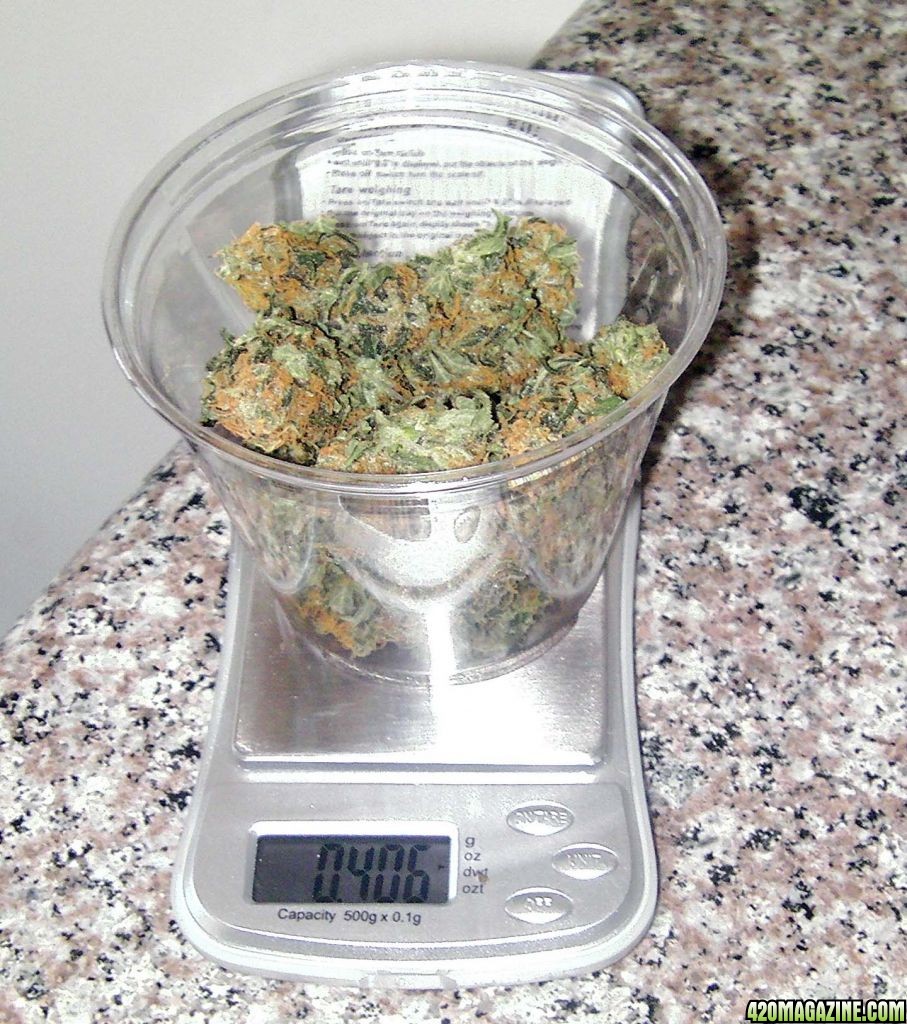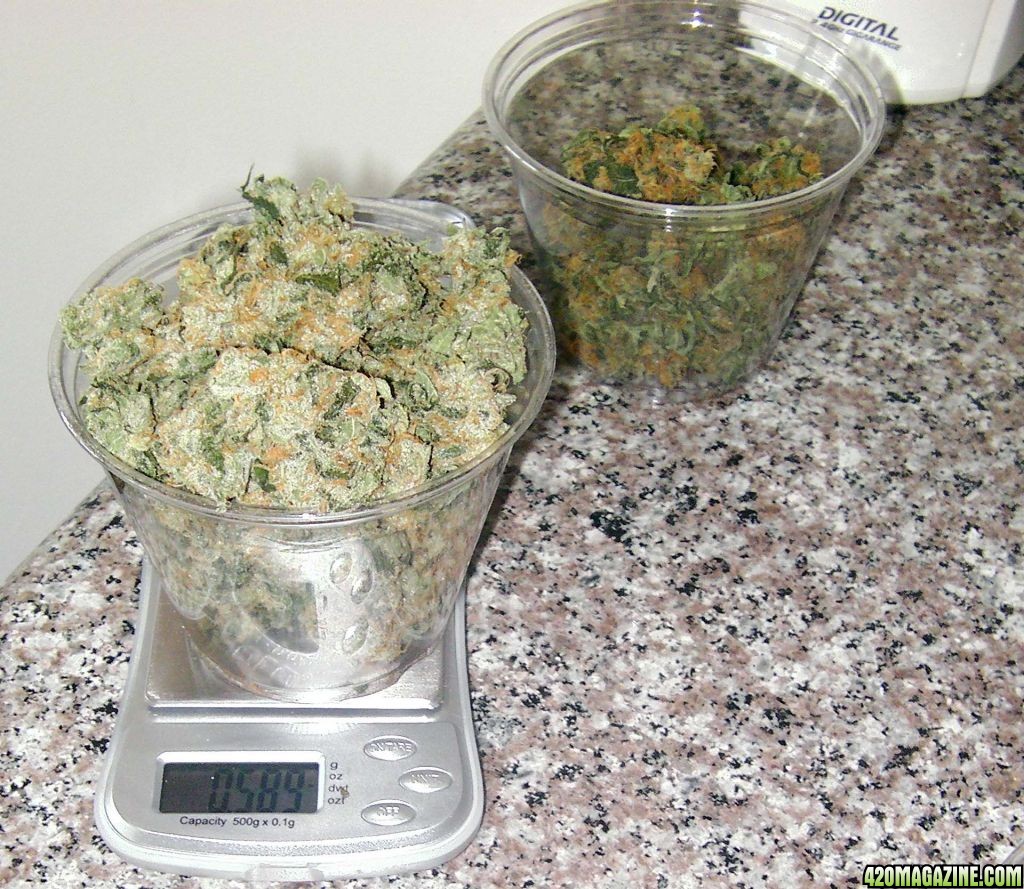wifecaretaker
New Member
I got a scope and they look alittle cloudy, some the hairs are starting to turn red! Theres no amber in tricomes though. Any advice? I dont have the ability to take pics of tricomes. I just dont want to pic too late. Theres still mostly white hairs.













